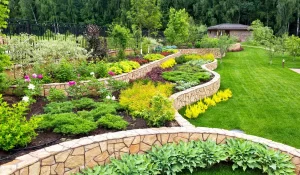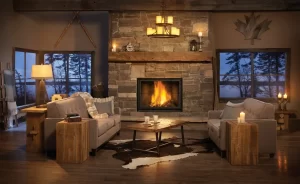The Elements of Garden Design

Garden design is a process of incorporating different elements into a space. The elements in a garden design should blend together to create unity. You can achieve this through the use of repeating materials and plants. But remember that too much repetition can be boring! To keep things interesting, vary plant materials and colors. Also consider the volume of the elements in your garden.
Garden design also includes the use of boundaries. These can be internal or external. Using the right plants can soften boundaries and break up a large garden. Some people prefer to use internal boundaries in their garden design, such as fences. They can be tall or short, but make sure to keep them simple and easy to see.
Having sufficient sunlight is another important consideration. Plants will grow better when they get enough sunlight. However, it is difficult to control the amount of sunlight. However, the amount of sunlight that reaches a garden’s plants will greatly determine the character of the garden. For example, roses cannot grow well in full shade. Hostas, on the other hand, do not grow well in hot sun. A garden designer will need to alter other aspects of the garden to accommodate the sun’s rays.
A great garden has a sense of place. Entering it feels like stepping into a home, yet is completely different from the outside world. A garden has walls, a roof, and a floor, and these three elements lend each space its own character. Use these aspects of a garden as a guide in your own design. A garden should be a harmonious combination of different elements rather than a jumble of various elements.
Another important element in garden design is color. While lines and mass provide the bones of a garden, color can add interest and create emotion. Hot colors tend to pop and stand out, while cool ones are calming and soothing. They also tend to recede in the distance, giving a more relaxing feeling. In addition to color, it is also a good idea to consider the size of the objects in the garden.
A great way to find design inspiration is to visit other people’s gardens. You can take pictures or sketch out parts of the garden that catch your eye. Take note of design techniques used, and ask questions to the gardener about his or her garden design goals. By comparing the different kinds of gardens, you can decide on which one is right for your own style.
Adding a signature plant or two in your garden design is one of the best ways to unify your space. For example, Mr. Noble added a couple of poplar trees in the far garden, while a columnar arborvitae separated the rest. He also recommended planting shade trees in groupings. Some of these trees include quaking aspen and paper birch.







